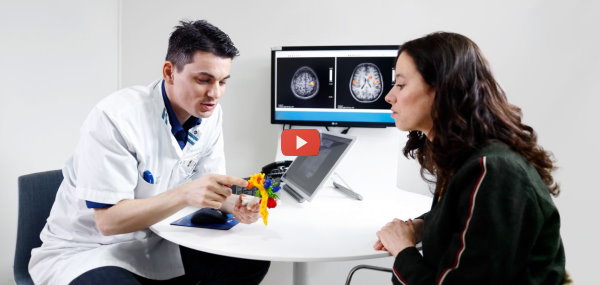Medical imaging is a modern miracle; doctors are able to peer inside the human body and detect injuries or abnormal growth such as cancer tumors. This digital data can be presented as two-dimensional images: slices through the body at regular intervals. One problem is that it takes training and practice to “read” these images, and envision the data in three dimensions.
Doctors at Radboud UMC hospital have created the REshape program to help both physicians and patients visualize this data by creating models using 3D printers. Using relatively inexpensive, high-quality consumer printers, doctors can readily create models using different colored materials to represent different types of tissue. It is a relatively simple matter to take the many layers of CT or MRI scan data and use them to assemble physical models of tumors and other structures of interest. These models make it easier to explain treatment options to patients, and help them understand the risks and benefits of the different choices.
This just one more example of the synergies between the many new technologies that have become available in recent years, and that are having a major impact on the cost and quality of healthcare around the world.


